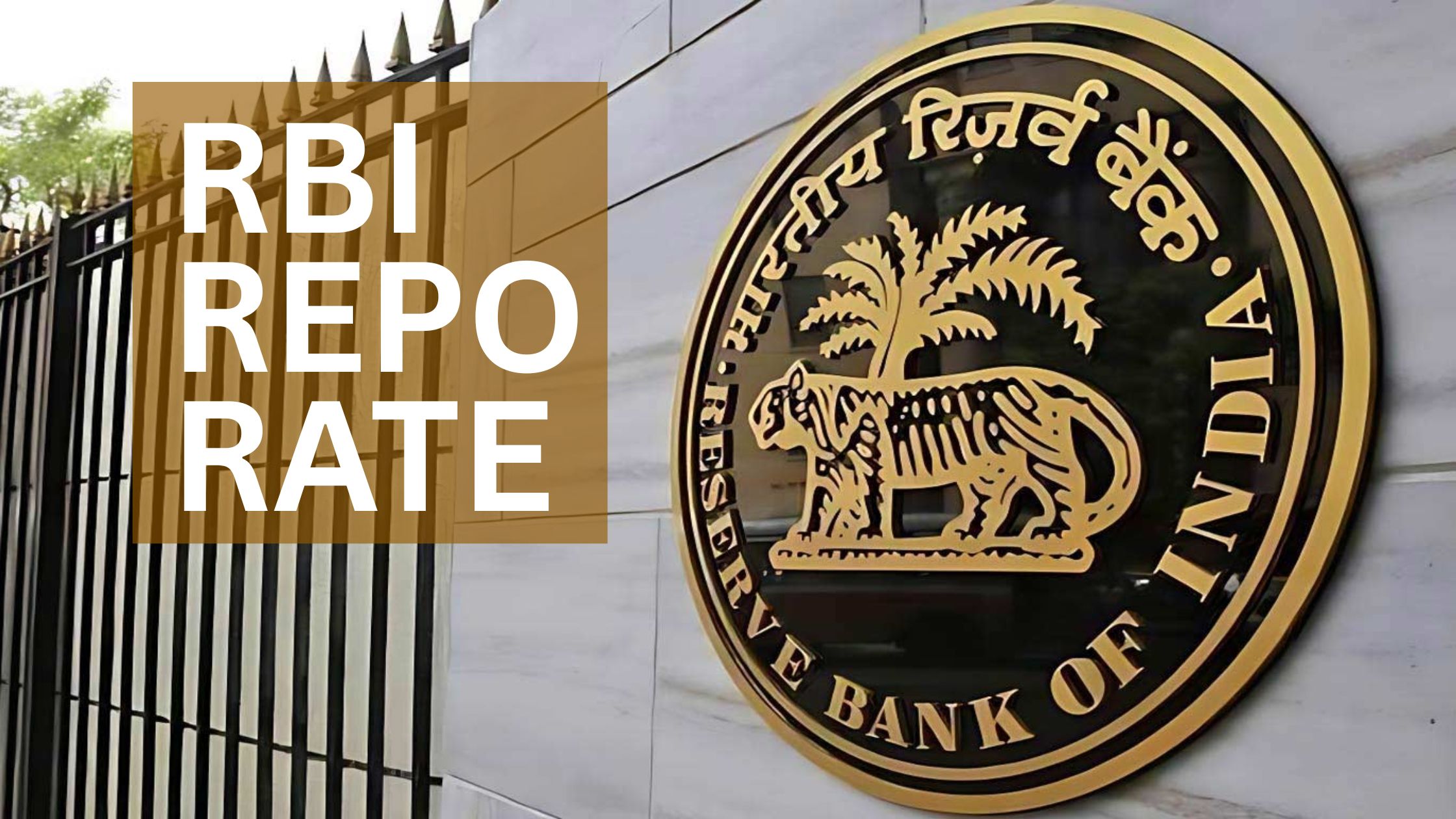Latest RBI Repo Rate Update
The Reserve Bank of India (RBI) plays a pivotal role in shaping the country's economy. Its monetary policy, particularly decisions around the repo rate, directly affects borrowing costs, household budgets, and investment decisions. Whether you have a home loan, personal loan, or savings, understanding these updates is essential to make informed financial decisions. In this article, we break down the latest RBI repo rate update, explore its implications, and offer practical tips to manage your finances effectively in 2025.
What is the RBI Monetary Policy and Repo Rate?
The monetary policy is the RBI's primary tool to control inflation, stabilize the economy, and support growth. At its core is the repo rate, which is the interest rate at which banks borrow money from the RBI. A lower repo rate generally makes borrowing cheaper, encouraging spending and investment, while a higher rate helps curb inflation by making loans more expensive.
Other important rates include:
- Reverse Repo Rate: The rate at which RBI borrows from commercial banks.
- Cash Reserve Ratio (CRR): The portion of a bank’s deposits kept with RBI to ensure liquidity.
- Marginal Standing Facility (MSF) Rate: Rate at which banks can borrow overnight funds from RBI.
These rates indirectly influence loan interest rates, EMIs, and savings returns, making them highly relevant for all individuals and businesses.
Latest RBI Repo Rate Update (2025)
As of September 2025, the RBI has kept the repo rate steady at 6.50%. This decision reflects a balanced approach to:
- Support economic growth after global uncertainties.
- Maintain inflation within the target range of 4–6%.
- Provide predictability to borrowers and investors.
Analysts note that maintaining the repo rate helps stabilize financial markets, offering both borrowers and savers a clearer picture of short-term financial planning.
Key Highlights:
- Repo Rate: 5.50%
- Reverse Repo Rate: 6.25%
- Inflation Target: 4–6% range
How Interest Rate Changes Affect Home Loans and Personal Loans
Home Loans: Homeowners with floating-rate loans may see their EMIs fluctuate with changes in repo rates. For Instance:
- A 0.25% increase in repo rate may increase your monthly EMI slightly, depending on the outstanding principal.
- Fixed-rate home loans remain unaffected until the tenure resets.
Personal Loans & Auto Loans:
- Personal loans, credit card EMIs, and car loans tied to floating rates adjust with repo changes.
- A repo rate hike translates into slightly higher interest payments over time.
Refinancing Opportunities:
- Borrowers can benefit by switching to fixed-rate loans if rates are expected to rise, locking in predictable EMIs. Conversely, when rates fall, floating-rate loans become more advantageous.
Impact on Investments and Savings
RBI rate decisions affect not only borrowers but also savers and investors.
- Fixed Deposits & Savings Accounts: Higher repo rates generally lead to increased returns on FDs and savings accounts, benefiting conservative investors. Banks adjust deposit rates within weeks of monetary policy announcements.
- Mutual Funds & Debt Instruments: Debt mutual funds adjust yields according to interest rate changes. Equity markets can see short-term fluctuations as investor sentiment reacts to borrowing costs and liquidity conditions.
- Borrowers vs. Savers: Rate hikes favor savers seeking better returns. Rate cuts favor borrowers looking to reduce interest burden.
Why Inflation Matters in Your Daily Budget
Inflation measures how prices of goods and services rise over time. When inflation increases:
- Monthly expenses on essentials such as groceries, fuel, and utilities rise.
- Loan repayments consume a larger portion of household income.
- Savings value may decrease if returns don’t keep pace with inflation.
The RBI uses monetary policy tools like repo rate adjustments to control inflation, indirectly protecting the purchasing power of your money.
Example:
If food inflation rises, a family may spend Rs. 500–1000 more per month, making loan EMIs more significant relative to total income.
Tips to Manage Finances Amid Rate Changes
Even small repo rate changes can impact finances, but smart planning can mitigate the effect. Here’s how:
- Review Loan EMIs: Compare floating vs. fixed-rate loans to determine which is more beneficial.
- Plan Investments Wisely: Consider FDs, recurring deposits, and debt funds that adjust with interest rates.
- Budget Your Expenses: Track monthly spending, prioritize essentials, and reduce discretionary costs.
- Refinance Loans if Beneficial: Switch to lower-rate options when possible to save on interest.
- Emergency Fund Maintenance: Maintain a cushion equivalent to 3–6 months of expenses to weather sudden rate or inflation changes.
What Experts Are Saying
Financial analysts suggest that while the repo rate is stable now, global economic factors like oil prices, crude supply disruptions, and US Fed policy could influence RBI decisions in the coming months. Borrowers and investors should stay informed, as even minor adjustments in repo rates can ripple through personal finances, impacting EMIs, loan affordability, and investment returns.
Conclusion
Understanding RBI’s monetary policy and repo rate is essential for anyone with loans, investments, or savings. Key takeaways:
- Repo rate directly impacts home loans, personal loans, and credit card EMIs.
- Rate changes affect savings, fixed deposits, and mutual fund yields.
- Inflation influences household budgets, making financial planning crucial.
- Staying informed helps make smarter borrowing and investment decisions.
With careful monitoring, smart budgeting, and strategic financial decisions, you can navigate interest rate changes effectively. As India’s economy grows and global markets evolve, understanding these updates empowers you to protect and grow your financial health.
